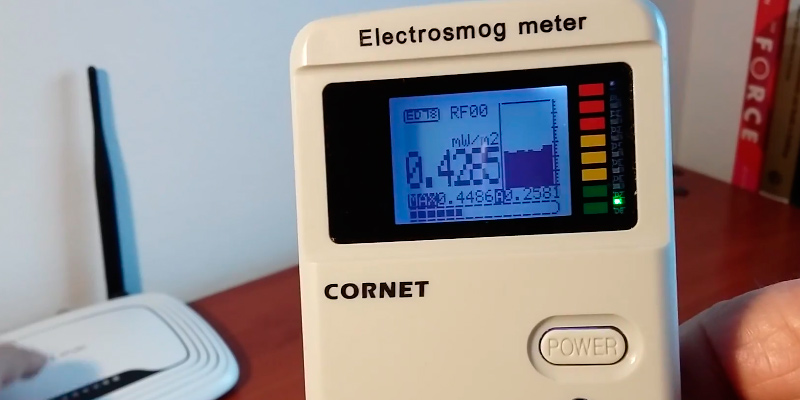What are the Types of RF Microwave Detectors?

 A RF or radio frequency detector or RF responding detector is a two terminal device that helps in detecting, measuring or converting an RF signal. An RF detector converts the amplitude modulated microwave signals to baseband signals in wireless or wired transmission. In RF circuits and systems, these detectors can detect the transmit power level of the signal in a specific range. These detectors also measure transmitter output power. There are two primary categories of detectors: Peak and Root Mean Square or RMS. Former offers info on peak power and the latter on the average power.
A RF or radio frequency detector or RF responding detector is a two terminal device that helps in detecting, measuring or converting an RF signal. An RF detector converts the amplitude modulated microwave signals to baseband signals in wireless or wired transmission. In RF circuits and systems, these detectors can detect the transmit power level of the signal in a specific range. These detectors also measure transmitter output power. There are two primary categories of detectors: Peak and Root Mean Square or RMS. Former offers info on peak power and the latter on the average power.
- Peak detectors aka envelope detectors
They capture the voltage signal extreme as the input. The positive peak detector captures the most positive input and negative captures the negative extreme of the input. The output tracks the input voltage until the extreme is reached and holds that value until the input starts to fade. The peak detector works no matter the speed of input signal by is limited by its bandwidth. It uses an amplifier, diode, and a capacitor to capture and hold the peak value of input RF signal.
- RMS detectors aka thermal detectors and square law detectors.
These are like bolometers that transform the electrical power of RF into thermal with the help of resistive component and then ascertain the temperature change with respect to the ambient temperature. The pros of this method are wide bandwidth and accuracy between measured and real power. Square law detectors use the features of semiconductors parts like diodes or transistors to transform a voltage into a signal that is proportional to the RF power which is strictly low pass filtered to realize its average operation. This kind of component is especially useful for high frequency and low-cost application.
There are many kinds of RF detectors and they also come equipped in many ways on the basis of their application needs. The most common ones are inline coaxial assemblies and waveguide assemblies. They are deemed log detectors that transform a wide dynamic range signal to a logarithmic output. Then there are Zero Bias detectors that apply the diode detector devices that don’t need a bias voltage or current to run. They work on low power and passive applications.












